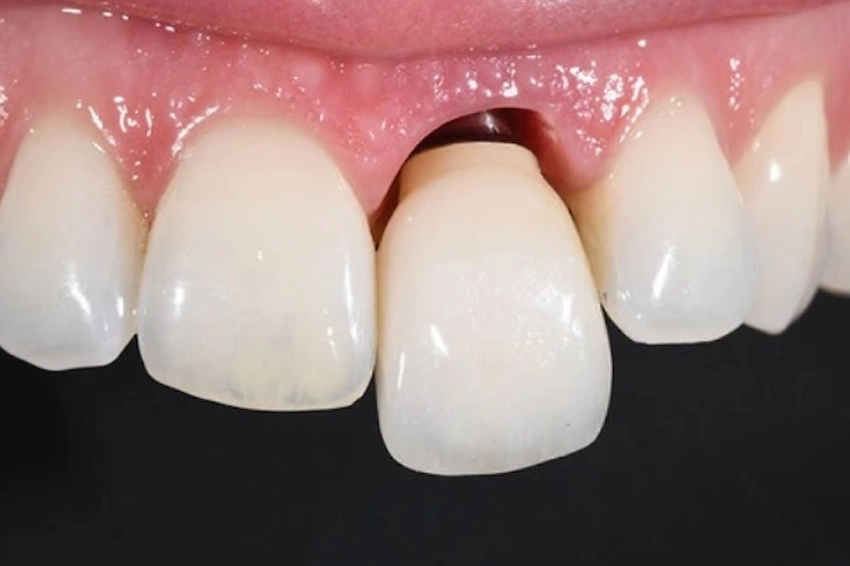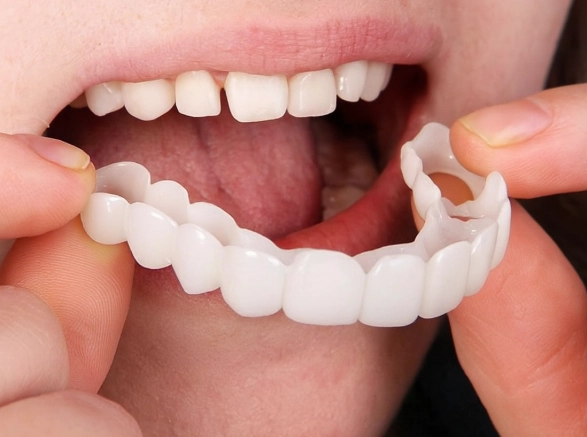🦷Effective Tartar Removal Techniques
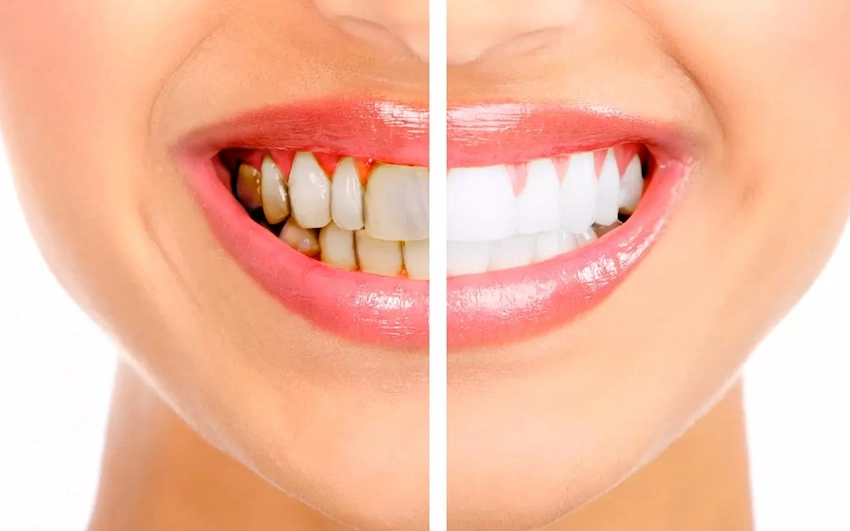
Your oral hygiene practices, and flossing your teeth well and bi-annual dental care, are the most effective ways of tartar removal for your oral health. The formation of tartar will require a plaque, so, therefore, plaque should be removed daily, and brushing, flossing, and visits to the dentist can be joined in for better oral health. The condition of the normal or confused cleaning of your teeth will over time through plaque, hence the need to visit a dental hygienist even for the removal of stubborn tartar. The oral specialist will note your problems through a dental visit and effectively clean your plaque or perform any other tooth surface treatment to remove any ongoing gum problems.
What You Need to Know about Tartar Build-Up
After the formation of tartar from the hardening of plaque on the teeth, the development of bacteria happens. This process of hardening plaque takes place when people don’t, or poorly, brush and floss, and bacteria cause problems with acids. In the case of your missing daily brushing and/or flossing, the plaque will mineralize, leading to the plaque forming tartar, which becomes hard and sticks stubbornly to the tooth. The rough texture of tartar will also attract more plaque, which will lead to a chain reaction that will adversely affect your oral health. When you go to a dentist regularly for check-ups and you have professional teeth cleanings, it becomes easy for you to understand how the tartar forms and how to remove it if needed.
Importance of Tartar Removal
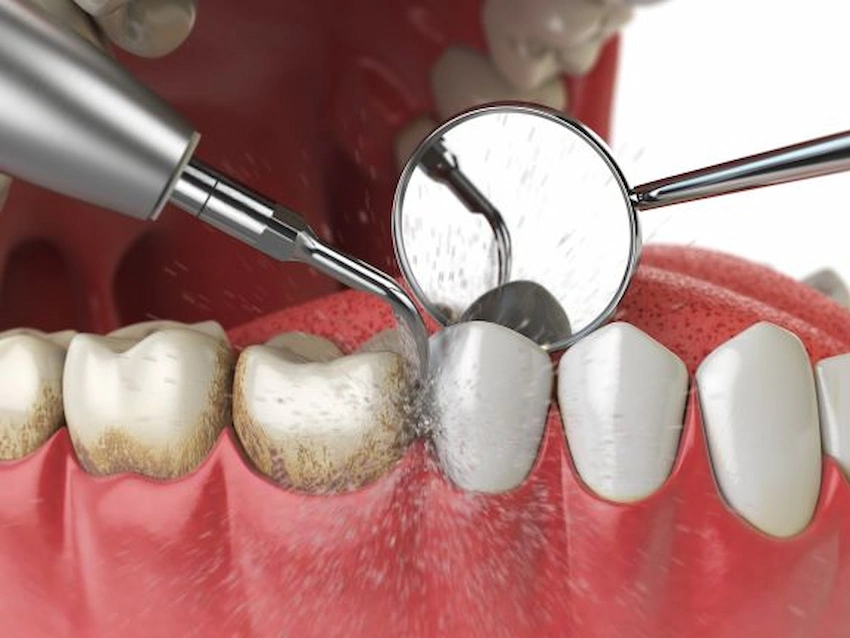
Removing tartar is the most important factor in preserving an attractive smile and your overall dental health. To further advocate the essence of tartar removal, the following are some of the reasons that you should take into account:
- Prevents Gum Disease: This mineralized form of dental plaque makes it a good breeding ground for hazardous bacteria that can result in chronic inflammation and other potentially dangerous gum-related issues.
- Reduces Cavities: Those substances that are a result of bacterial fermentation in tartar can cause an etching of the teeth and, as such, notwithstanding the loss of enamel, promote the growth of the bacteria in the cavities.
- Freshens Breath: Tartar is a source of bad mouth odor, but once it is cleared out, you can experience the comfort of a fresh and clean mouth at all times.
- Enhances Aesthetic Appeal: The elimination of tartar not only keeps teeth brighter, but also provides a better smile, hence, a source of your confidence in public.
- Overall Health Benefits: Bad oral cavity condition is found to have a serious interconnection with the so-called systemic diseases, and heart failure, diabetes, and thrombosis are just a few examples. Regular removal of tartar ensures the general health of the patient.
Tartar Removal Performed by Dental Professionals
Professional tartar removal means that dental professionals perform some operations to ensure that oral health is perfect. Dentists and hygienists use special tools and various methods to remove plaque and tartar from the teeth and gums adequately.
| Procedure | Description | Benefits |
| Scaling | Scaling is the process of using ultrasonic instruments to break up and remove tartar from tooth surfaces. | Removes hard deposits effectively and prevents gum disease. |
| Polishing | After scaling, teeth are polished using a rotating brush and special toothpaste to smooth the surface. | Helps to remove surface stains and makes it harder for tartar to reattach. |
| Fluoride Treatment | A fluoride treatment is applied to strengthen enamel and protect against cavities after tartar removal. | Provides lasting protection and aids in remineralizing the teeth. |
Effective Home Remedies for Tartar Removal
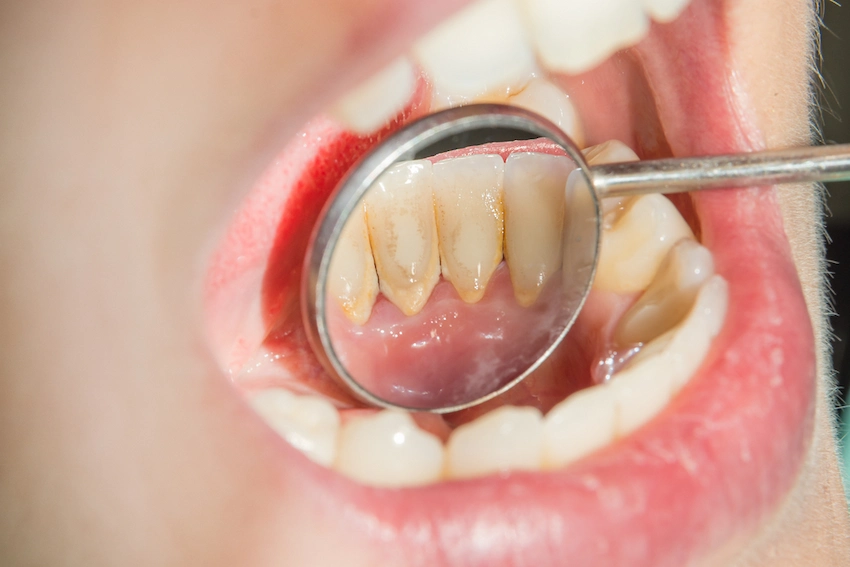
Home remedies are very beneficial in fighting the buildup of tartar. As good oral care and natural materials are involved, you can avoid tartar by applying preventive measures at home.
| Remedy | Description | Benefits |
| Baking Soda | Mix baking soda with water to create a paste and brush your teeth with it. This helps to neutralize acids and reduce plaque. | Effective in whitening teeth and minimizing tartar formation. |
| Vinegar | Using diluted vinegar as a mouth rinse can help dissolve tartar due to its acidic properties. | Helps in breaking down tartar, but should be used cautiously to avoid enamel erosion. |
| Oil Pulling | Swishing oil (like coconut oil) around in your mouth helps to remove bacteria and debris. | Promotes overall oral health and reduces plaque buildup. |
This content provides clear and structured information on both professional and home-based tartar removal techniques, using active voice and incorporating tables for easy reference.
Best Tartar Removal Tools and Products
There are specific tools and products designed for tartar removal that play an essential role in achieving optimum oral hygiene. The first thing you should do is to have a good quality toothbrush with soft bristles that are good for your teeth and do not hurt your enamel. Pick a toothpaste that is both tartar control and fluoride, which helps to reduce the bacteria to a minimum, makes it easier for the teeth to be cleaned, and hardens the enamel in the process. Furthermore, floss or inter distributed to people in the village. Doing some exercises in the open air helped the volunteers to stay healthy and active. Other initiatives were additional donations, online classes, and medical consultations. A sanitary team was organized when volunteers discovered a family whose water supply had been damaged by the flood.
Preventing Tartar Build-Up

Some problems can be solved better by not having them at all. Tartar is the main cause of dental problems, so its prevention is more crucial than its treatment. The formation of tartar can be greatly reduced by practicing the following steps religiously:
- It is necessary to use fluoride toothpaste and brush your teeth at least two times every day to avoid plaque, which causes the formation of tartar.
- Clean the teeth once a day with the help of dental floss till the plaque is totally removed from between the teeth.
- Do not forget to use antiseptic mouthwash regularly, which will kill the germs and at the same time, the plaque will be reduced, thus forming the tartar.
- Avoid the frequent intake of sugary or starchy foods that tend to give rise to plaque problems in your mouth.
- Schedule a dentist visit every six months to have dental cleanings done by a health professional.
These practices will create a healthier oral environment that effectively prevents the occurrence of tartar-related problems and the need for cleaning materials to fight these problems.
FAQ: Effective Tartar Removal Techniques
Tartar, also known as calculus, is a hard deposit that forms on teeth when plaque, a sticky film of bacteria, is not removed through regular brushing and flossing. Over time, the minerals in saliva combine with the plaque, hardening it into tartar, which can only be removed by a dental professional.
While tartar can only be removed by a dentist, you can reduce its buildup by maintaining good oral hygiene. This includes brushing your teeth at least twice a day, flossing daily, using an antibacterial mouthwash, and incorporating tartar-control toothpaste into your routine.
It is generally recommended to visit the dentist for a professional cleaning every six months. However, individuals with a history of tartar buildup may need to schedule more frequent visits, such as every three to four months, to keep their teeth clean.
While the most effective tools for tartar removal are those used by dental professionals, some products can help prevent tartar formation at home. These include electric toothbrushes, tartar-control toothpaste, and dental tools like soft picks or interdental brushes that can help clean between teeth.
If tartar is not removed, it can lead to more serious dental issues such as gum disease, cavities, and tooth decay. Additionally, bacteria from tartar can enter the bloodstream, potentially increasing the risk of systemic health issues such as heart disease and diabetes.
